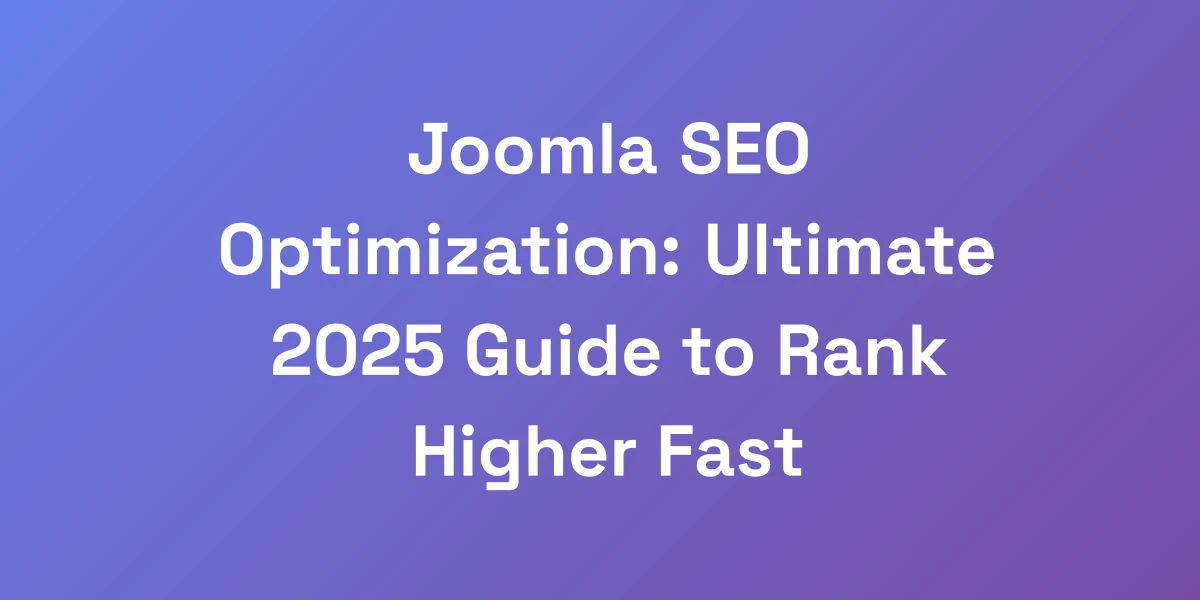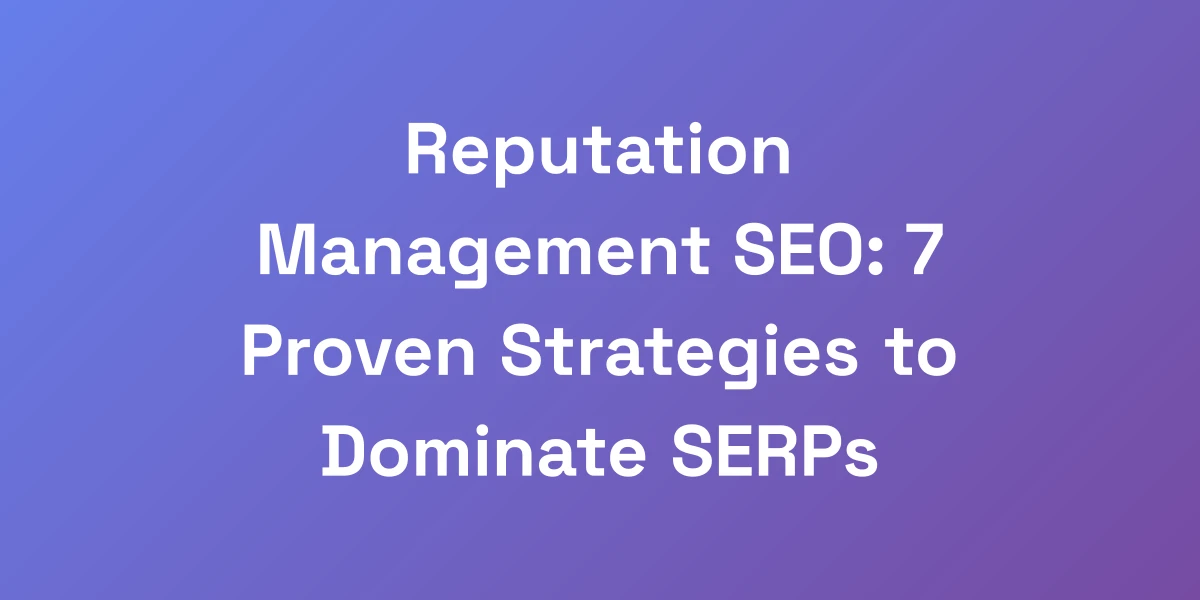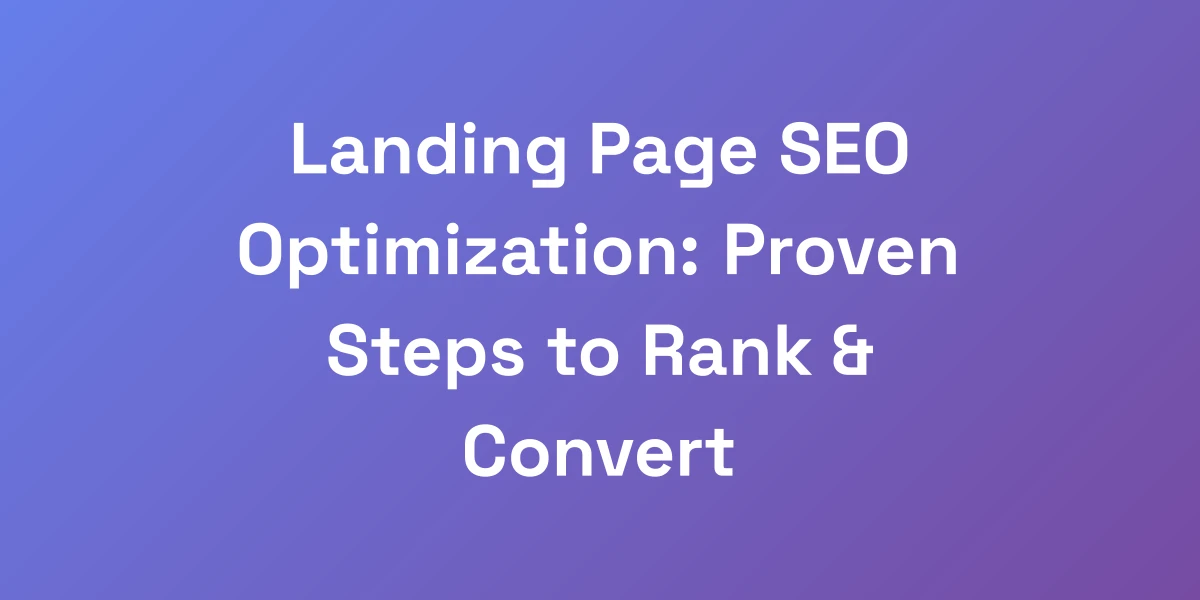
Organic Results SEO: Proven Strategies to Rank Higher Fast
Apr 23, 2025 | By [email protected]
Introduction
We know you’ve burned time and money chasing ad traffic, only to see fleeting results.
It’s frustrating when your site doesn’t climb the ranks despite endless tweaks.
Here’s our promise: we’re pulling back the curtain on organic results SEO.
No mysticism, no jargon—just battle-tested tactics that drive free, credible, sustainable traffic.
If you want to stop throwing spaghetti at the wall and actually rank higher fast, you’re in the right place.
We’re not fluffing this. We’re handing you the blueprint for immediate wins and long-term domination.
Ready to learn how to align with Google’s mission and start outranking your competition?
Stick around, because we’re dissecting everything from fundamentals to advanced strategies—step by step.
Understanding Organic Results SEO (The Real Game You’re Playing)
We’re talking about those coveted, unpaid listings below the ads on search engine pages.
Organic results SEO is all about earning position through relevance, authority, and killer content.
It’s the difference between paying for visibility and commanding it by merit.
When done right, organic traffic delivers 70–85% of clicks on Google, crushing paid ads every time.
What Exactly Are Organic Search Results?
They’re the listings you see when you search “how to bake bread” and click the first blue link.
They include:
- Standard links showing relevant pages ranked by quality.
- Featured snippets that answer questions directly at the top.
- Local packs spotlighting nearby businesses.
- Video results and “People Also Ask” boxes.
These aren’t bought. They’re earned by aligning with Google’s ranking criteria.
That’s the essence of organic results SEO.
Organic vs Paid Results: Why Should You Care?
Paid ads get labeled “Ad” and drain your budget per click.
Organic search results captivate users because they trust them more.
Statistically, only 15–30% of clicks go to ads.
The remaining 70–85% funnel into organic listings.
Which side do you want to be on?
Organic results SEO is your cost-effective, long-term play.
Anatomy of a Search Engine Results Page (SERP)
Understanding SERP layout is critical. A typical page includes:
- Top paid ads with the “Ad” label.
- Featured snippet if Google finds a precise answer.
- Organic listings ranked first to last.
- Local pack for geo-specific queries.
- Video and image carousels sprinkled in.
Every element you optimize affects where you appear—above or below the fold.
How Google’s Algorithm Determines Organic Rankings
Google evaluates pages using hundreds of ranking factors (see also Google ranking factors guide). The big three:
- Relevance to the user’s query.
- Authority signaled by high-quality backlinks.
- User experience metrics like page speed and dwell time.
If your page checks those boxes, you earn prime visibility.
Master those, and you outrank 90% of the competition.
Importance of Organic Traffic for Long-term Growth
Organic traffic compounds. A post that ranks this month still pays dividends next year.
Ads stop delivering once you turn off the budget.
We see brands generating steady 5–7 figure monthly revenue from SEO alone.
That’s the power of organic results SEO.
Critical Factors Influencing Your Organic Rankings
We’ll break down the core elements every SEO warrior must master.
Ignoring these is like playing blindfolded.
Keywords & User Intent Optimization
Your foundation starts with understanding user intent.
Are they looking to buy, learn, or compare?
Choose keywords that match intent categories:
- Informational (how-to guides, tutorials).
- Transactional (buy, coupon, best).
- Navigational (brand or site-specific queries).
Then sprinkle LSI and semantic variations naturally.
We’ve seen pages jump 20% in traffic just by adding related phrases.
On-Page SEO Essentials (Meta Tags, URLs, Images)
Every page needs:
- Title tags under 60 characters with your primary keyword up front.
- Meta descriptions of 150–160 characters that compel clicks.
- SEO-friendly URLs that read like natural language.
- Optimized images with descriptive alt text.
Quick tweak: include your target keyword within the first 100 words.
That simple move can boost relevancy signals immediately.
The Power of Backlinks and Domain Authority
Backlinks are votes of confidence.
But quality beats quantity every time.
We focus on acquiring links from high-authority, niche-relevant domains.
One backlink from an industry leader outweighs dozens from weak sites.
Case study: a site added five contextual links from top publications and saw a 50% traffic lift in three months.
Technical SEO: Site Speed, Mobile Optimization, and Indexability
Core Web Vitals are non-negotiable.
If your Largest Contentful Paint lingers past 2.5 seconds, you’re leaving rankings on the table.
Checklist:
- Compress images and leverage browser caching.
- Minimize JavaScript execution for better First Input Delay.
- Reserve space for ads and images to prevent layout shifts.
- Ensure HTTPS is active and your sitemap is submitted.
We audit sites monthly following Backlinko’s site audit process to squash regressions and keep performance razor-sharp.
User Experience Signals (CTR, Bounce Rate, Time on Page)
Google watches how users interact.
A low click-through rate or high bounce rate signals a mismatch.
To improve engagement:
- Use compelling meta titles with power words and numbers.
- Craft intriguing intros that hook visitors immediately.
- Break content with subheadings, bullets, and visuals.
Sites that optimize UX metrics often see a 15–20% boost in rankings within weeks.
Quick Wins: Immediate Actions for Boosting Organic Results SEO
Not every improvement takes months.
You can see traction in days with these fast moves.
Quick SEO Audit Checklist (Where to Start Immediately)
Run a swift site audit using tools like Screaming Frog or Semrush (see our tool comparison).
- Check crawl errors and fix 404s.
- Verify your sitemap and robots.txt.
- Update thin or duplicate content.
- Ensure Google Analytics is tracking every page.
We often identify easy fixes that lift traffic by 10–15% in a week.
How to Optimize Existing Content for Instant Gains
Find your top-performing pages and:
- Add LSI keywords to headings.
- Refresh statistics and examples.
- Improve internal linking to related posts.
- Enhance readability with bullet points and images.
One client rewrote intros and saw a 25% boost in rankings within two weeks.
Leveraging Internal Linking for Boosted Rankings
Internal links distribute authority.
We recommend adding 3–5 contextual links per article to your pillar pages.
- Cluster content around key themes.
- Link older posts to new, high-value pages.
- Use descriptive anchor text, not “click here.”
Sites applying this saw up to 40% more organic traffic in a month.
Improving Click-Through Rates (CTR) with Optimized Meta Titles & Descriptions
Meta tweaks are like fuel injection.
Small investment, big horsepower.
- Include numbers and brackets in titles.
- Use emotional triggers like “fast” or “proven.”
- Keep titles under 60 characters; descriptions within 150–160.
Backlinko studies show optimized meta tags can raise CTR by up to 30%.
Removing Toxic Backlinks Immediately (Low Hanging Fruit)
Identify toxic links via Google Search Console or Ahrefs, and learn which links can harm your website.
- Download backlink report and flag spammy domains.
- Use the Google Disavow Tool for harmful links (step-by-step guide).
- Follow up with outreach to request link removal.
This cleanup alone often recovers lost rankings in 4–6 weeks.
Long-Term Strategies for Dominating Organic Search
Quick wins set the stage.
But sustainable growth demands a long-term blueprint.
Developing an Evergreen Content Strategy
Evergreen posts keep paying dividends for years.
We focus on in-depth guides that align with core keywords.
Key elements:
- Comprehensive topic coverage exceeding 2,000 words.
- Rich media—images, infographics, videos.
- Regular updates every 6–12 months.
Data shows long-form content earns 77% more backlinks than short articles.
Building Authority with Strategic Link-Building
Pitch for guest posts on industry-leading sites.
We also repurpose data into original research to earn natural citations.
- Create shareable assets like infographics.
- Leverage HARO opportunities for media mentions.
- Collaborate with influencers for co-authored content.
Clients see 50% traffic increases in three months with a focused link campaign, backed by link-building statistics.
Expanding Keyword Coverage (Long-Tail and Semantic Keywords)
After nailing primary terms, target long-tail variations.
They’re less competitive and convert better.
Use tools like SEMrush and Ahrefs to discover 20–50 related phrases per core topic.
We group these into clusters, then build content satellites that feed authority back to pillar pages.
Continual Technical SEO Improvements (Core Web Vitals)
We treat site performance as an ongoing project.
Page experience impacts rankings and user satisfaction equally.
- Monitor LCP, FID, CLS monthly with PageSpeed Insights.
- Implement AMP for key articles.
- Optimize critical rendering path and server response times.
Sites maintaining top-tier Core Web Vitals outperform competitors in the long run.
Tracking and Improving Your Organic Visibility Over Time
SEO is never “set and forget.”
We track performance, identify declines, and double down on what works.
Strategy:
- Monthly rank tracking for 20–50 target keywords.
- Quarterly content audits to refresh underperformers.
- Annual competitive analysis to spot new opportunities.
This disciplined approach compounds results exponentially.
Measuring Success: KPIs and Tools to Monitor Your Organic SEO Results
If you can’t measure it, you can’t improve it.
We rely on hard data to guide every decision.
Essential KPIs to Track Your Organic SEO Progress
We focus on:
- Organic sessions per month.
- New users and returning visitor rate.
- Average position for target keywords.
- CTR from search results.
- Bounce rate and time on page.
These metrics paint the full picture of health and trajectory.
Google Analytics & Google Search Console Deep Dive
Analytics shows behavior; Search Console reveals opportunity.
We cross-reference both for a 360° view.
Focus areas:
- Top landing pages and exit pages.
- Queries driving impressions vs. clicks.
- Coverage errors and index status.
That data drives our optimization roadmap.
Best SEO Tools for Organic Ranking Insights (Ahrefs, SEMrush)
We use:
- Ahrefs for backlink analysis and content gap discovery.
- SEMrush for keyword research and site audits.
- Google PageSpeed Insights for Core Web Vitals.
Each tool plays a unique role in our workflow (see Ahrefs vs other platforms for a detailed comparison).
How Often to Review and Optimize Your SEO Strategy
We recommend:
- Monthly technical and content health checks.
- Quarterly deep-dive audits and competitive reviews.
- Annually strategy overhauls aligned with business goals.
Rhythm and consistency keep us ahead of algorithm shifts.
Creating Actionable SEO Reports for Continuous Improvement
Reports must be clear, concise, and tied to business outcomes.
We structure them around:
- Wins and gaps analysis.
- Action items with owners and deadlines.
- Quarterly goals vs. actuals.
That level of accountability drives results month after month.
Conclusion: Your Roadmap to Organic Results SEO Success
We’ve laid out the blueprint—from foundational principles to immediate tweaks and long-term domination.
Organic results SEO is no mystery.
It’s a system built on relevance, authority, and user experience.
Now it’s your turn to implement:
- Run the quick audit and apply instant fixes.
- Build out evergreen, authoritative content.
- Measure, optimize, and repeat with discipline.
If you follow these strategies, you’ll see significant improvements—fast and sustainable.
Ready to elevate your organic traffic?
Let’s get to work and outshine the competition.
Drop a comment below with your biggest takeaway or question—we’re here to help you dominate.








